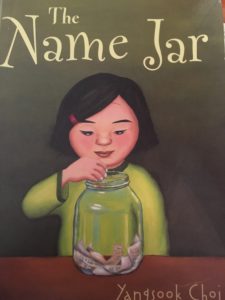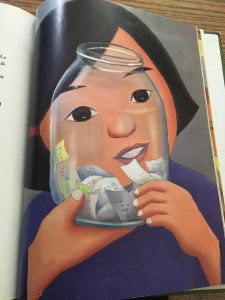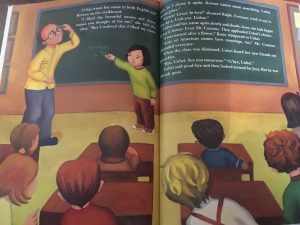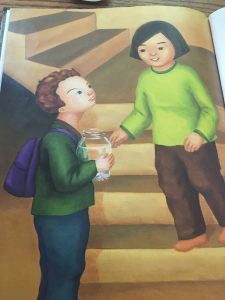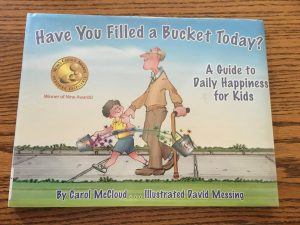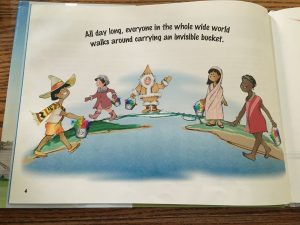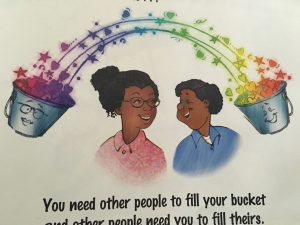Title: My Three Best Friends and Me, Zulay
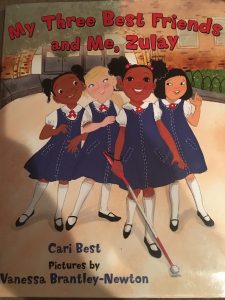
Author: Cari Best
Illustrator: Vanessa Brantley-Newton
Publisher and Year: Farrar Straus Giroux, 2015
Number of Pages: 31
Genre: Fiction
Analysis: My Three Best Friends and Me, Zulay is about a blind African American girl, Zulay, her friends Maya, Nancy, and Chyng and how these four girls navigate their school day. Zulay experiences some challenges and differences in school, but she learns how to overcome those challenges with the help of her friends and teachers.
This book can act as a mirror for children who have a friend whom are blind. Another function this book could have is as a mirror for multicultural people because throughout the book different cultures are represented. This book can also function as a window for people who are not blind because children can read about the challenges that Zulay faces and learn about her daily life. A door can resemble this book as well because it can encourage people who know a blind person to help in any way possible.
Perceptually, the text is friendly and easy to read. For the most part, the text is well written and the length of the text per page is reasonable. However, there was one line in particular that is awful! The book states, “Then Ms. Turner will work with Zulay while the rest of us go to the gym” (p. 10). Zulay the child who is blind experiences social isolation during the school day.
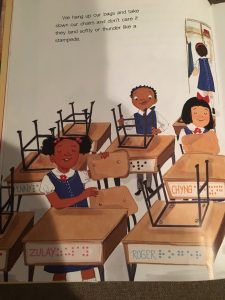
Structurally, the images are spot on to the way the text is read! The image of the classroom is inclusive, because every child’s nametag is also written in Braille. Zulay’s classroom even has a Brailler that Zulay can use to help her academically. On pages 10 and 11, Zulay’s independence and academic success can be seen through Zulay and Maya working together. Maya helps Zulay with drawing a 3D drawing, but then Zulay is able to help Maya with columns of tens and ones. The images on these two pages do not reflect Zulay’s disability at all. If a reader opened to these pages, they would see two girls in the classroom helping each other, not Zulay’s disability. Not visibly showing Zulay’s disability on each page, helped the audience to see Zulay as a academically succeeding student, not as a student with a disability.
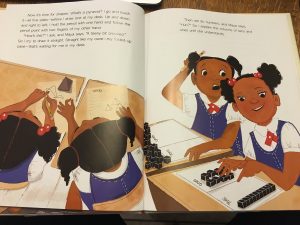
Ideologically, there is a positive lesson and a negative lesson that could be taken from this picture book. First, instances of social isolation occur when Zulay must go work with Ms. Turner while all the other kids participate in a different activity. This negative lesson can teach children that it is okay to treat their peers with disabilities differently. Even though Zulay initially felt isolated and excluded, Ms. Turner and Zulay end up conquering a life skill. A positive lesson that the audience can take away is that children with disabilities are successful academically, socially and physically. Zulay was able to succeed academically by using Braille to help her read and write, she succeeded socially because by having three best friends and she succeeded physically by being able to walk with a cane and run with Ms. Turner.

